If there's a secret to achieving a professional quality paint job, it's this: Preparation matters. Without proper interior paint prep, there's simply no chance that the finished product will look as sharp and well-done as it could. Follow these 10 steps to help ensure that you end up with a paint job that's smooth and looks professional.
9 Simple Steps for Interior Paint Prep
1
/
9
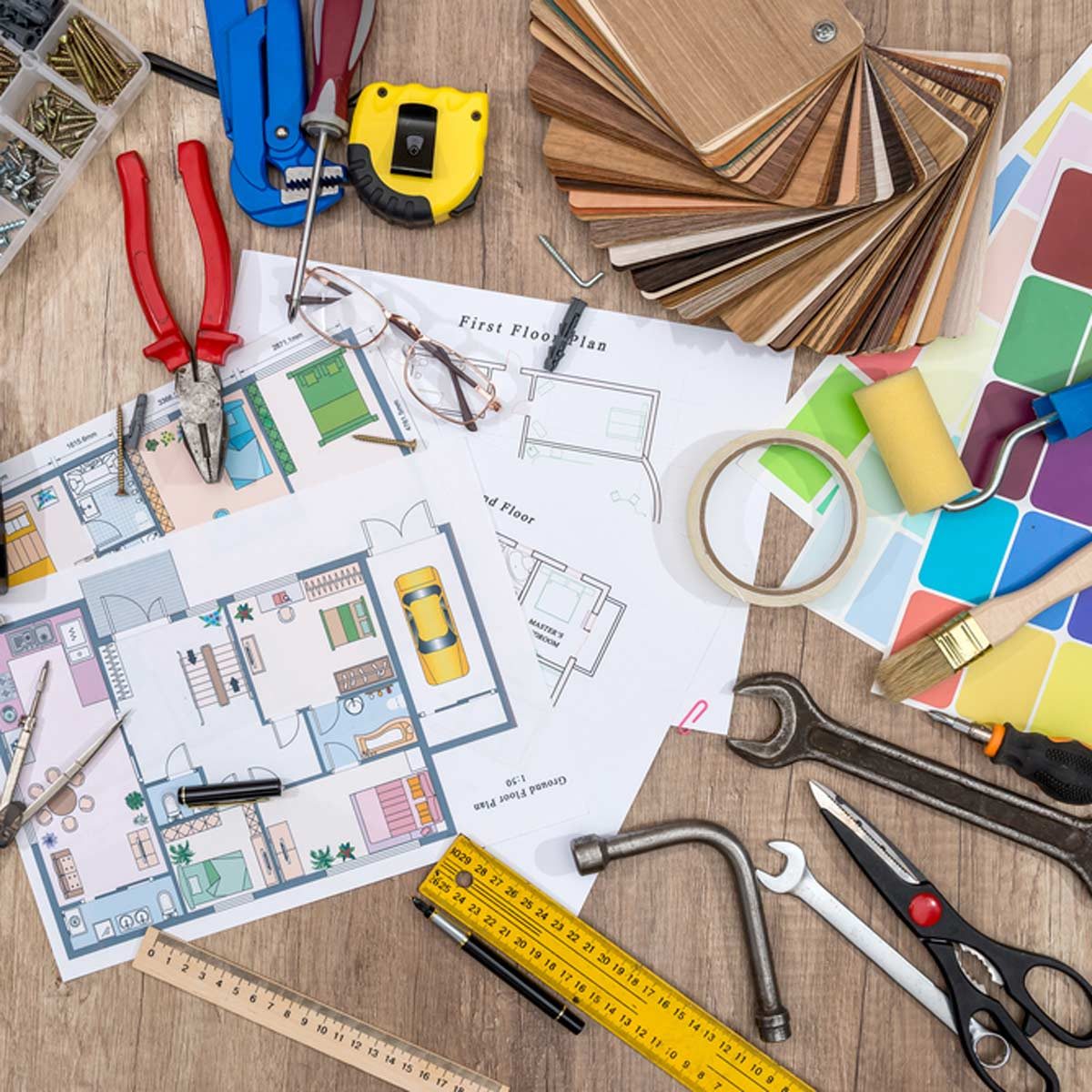
Proper Interior Paint Prep
Before you tackle an interior paint prep project, take a moment to walk through it in your head. Identify the potential problem areas and put together a work-around. Or better yet, two workarounds in case the first one doesn't pan out.
You don't need to have every detail sewn up—that will come as you gear up the prep. But 10 minutes of forethought can save hours of frustration when you're in the thick of things.
As you put together your painting project plan, jot down key items to create a working checklist. This list is a useful reference during the actual project. And in the same way that a spring home maintenance checklist is when the weather warms up.
2
/
9
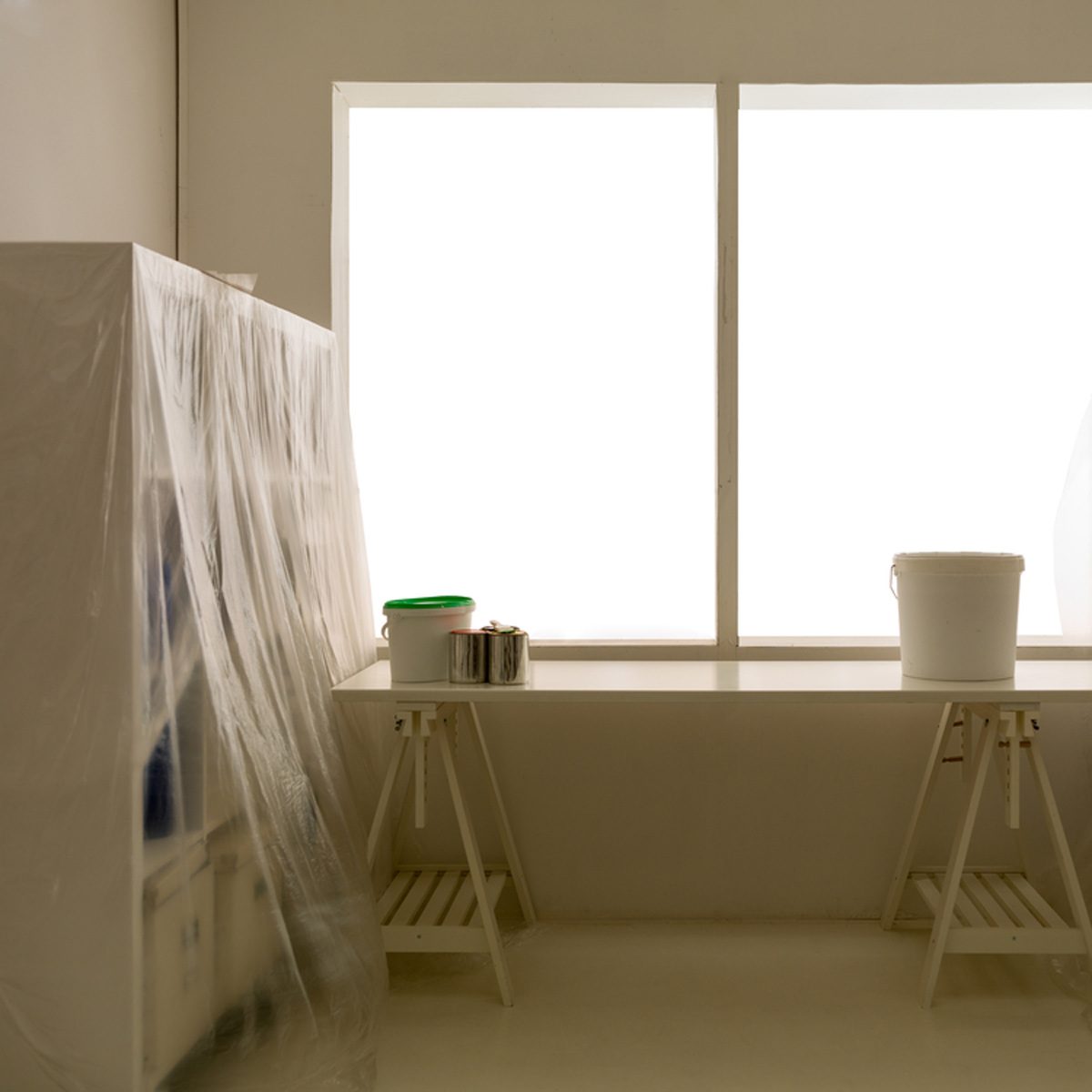
How to Prep for Painting: Furniture Protection
Unless you're working in an empty room, you'll likely have to move furniture out of your way at some point of the interior paint prep process. If you skip this step, you risk damaging the furniture or discovering the rough outline of a dresser or bed frame on the wall when you finally do redecorate. A similar problem pops up in bathrooms, where the wall color often makes an abrupt stop at the side of the toilet tank.
Move items away from the wall towards the center of the room or remove them entirely. Cover the furniture with painter's plastic. And identify the items most vulnerable to paint damage, such as items with fabric upholstery, and take special care with them. If paint drips do get past your defenses, refer to avoid and remove paint drips to learn how to deal with them.
3
/
9
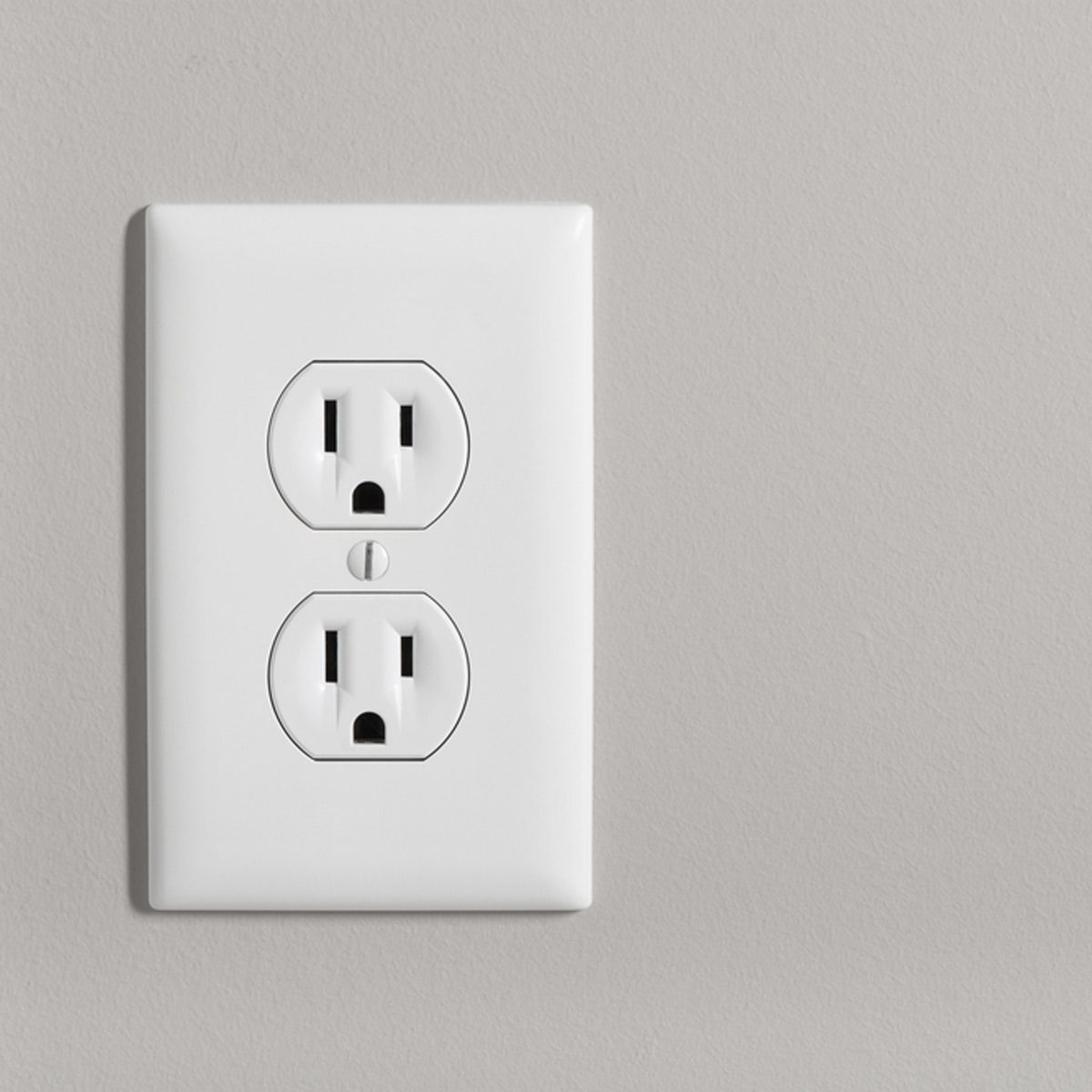
How to Prep for Painting: Wall Plate Removal
Once the furniture has been pulled away from the walls, you'll be able to see all the light switch and outlet covers. Remove them, along with any vent and return covers.
Why interior paint prep matters: While you certainly can choose to paint over or around these items, the visual separation between the wall and the cover plates will be blurred. This leaves a ragged and unprofessional look to these items that are often highly visible. Also, when you do need to remove an outlet cover down the road, a paint covered outlet can lead to tearing and pulling loose the paint or drywall surface paper.
Bonus tip: While removing the covers, you may find that some outlets are loose in the wall. If so, see Family Handyman's advice on how to Tighten a Loose Outlet.
4
/
9
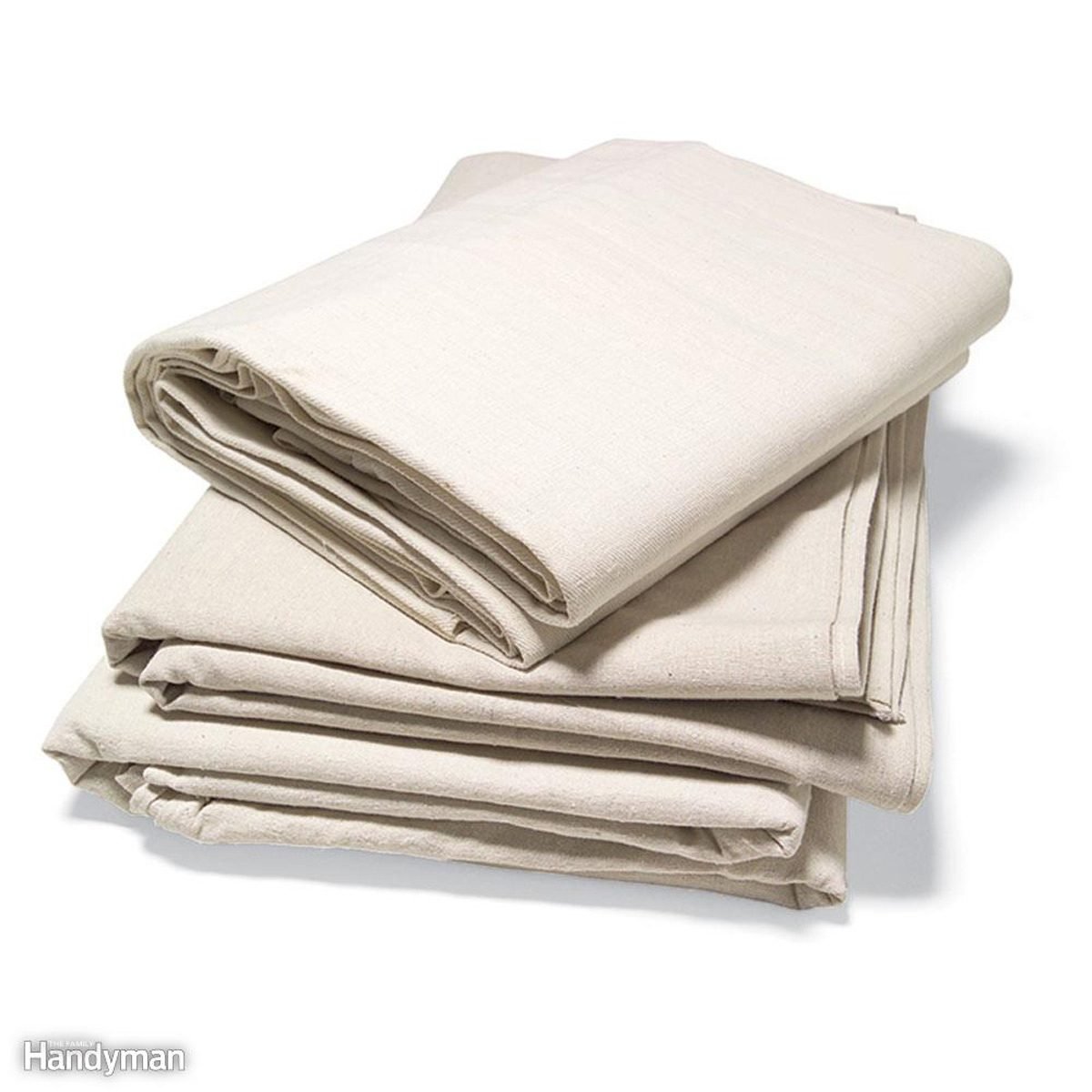
How to Prep for Painting: Floor Coverings
Lay out floor coverings in the area where you'll be working. If you're painting a wall, it's a good idea to provide cover at least 3 feet away from the wall. If you're painting a ceiling, cover the entire floor. Canvas drop cloths are absolutely the best coverings for carpet. They're easy to spread out, and unlike plastic, they stay put without tape. And they won't cause your ladder to slip-slide on carpet. Just bunch them up a bit along walls and they'll stay where you want them. Normal drips and splatter won't soak through canvas, but heavy spills will. Pick up the drop cloths and scoop up spills with a broad putty knife or dustpan. These drop cloths aren't cheap, but you don't have to cover the entire floor. A long, narrow 'runner' is a good choice for your interior paint prep.
Laying out protection saves your floors. But it also allows you the freedom to spread your painting tools out more than if they're constrained to a single area. This in turn allows you to work faster and with fewer restrictions. If you're getting ready to paint as part of a larger project, consider reviewing ways to protect your entire home during construction.
5
/
9
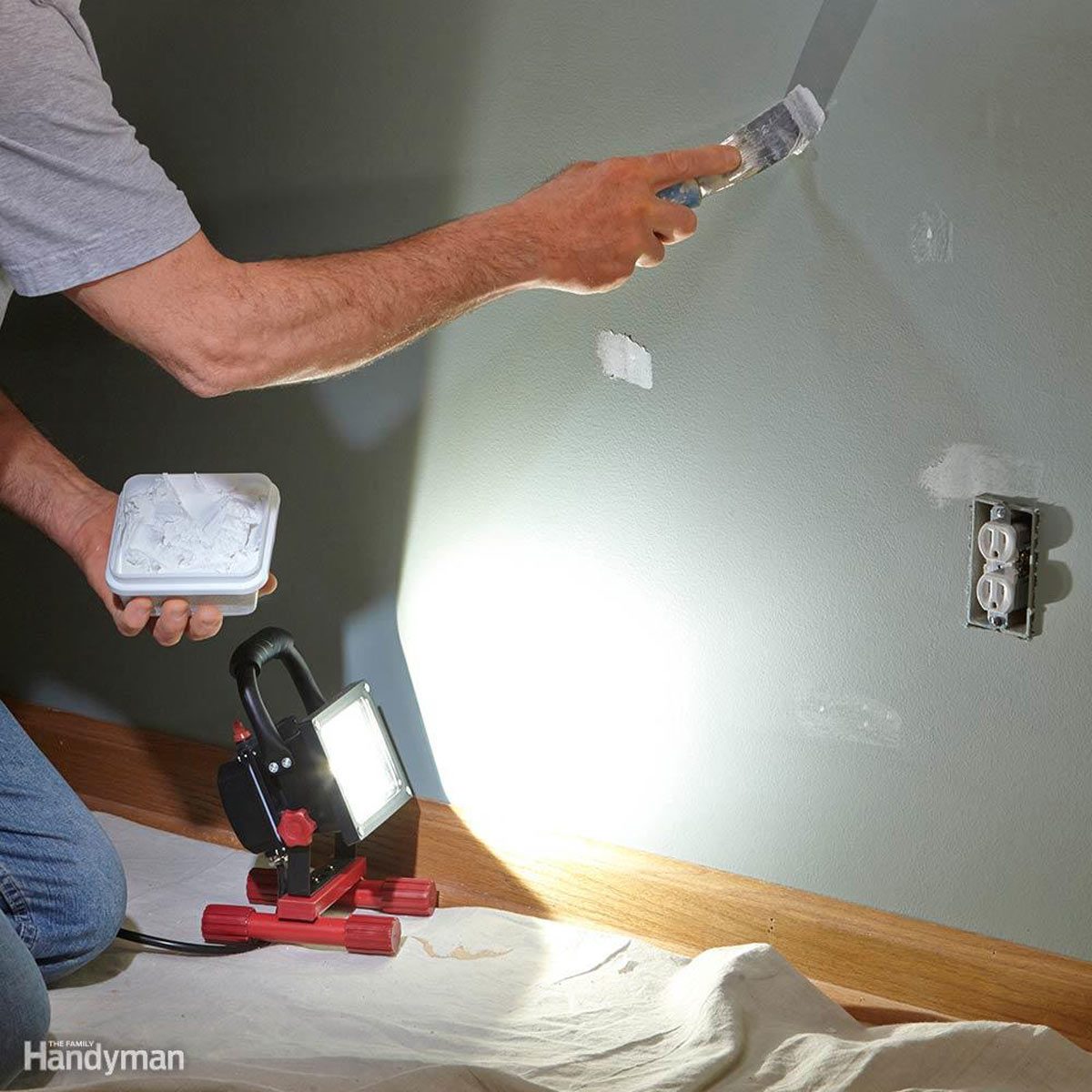
How to Prep for Painting: Patching
Always patch walls after you cover the floors, this is interior paint prep 101. It's easy to drip a glob of drywall patching compound and you don't want to spend time trying to clean that off of a carpet.
Patching a wall will help your final job look crisp and professional. Primer is another good preparation step.
6
/
9
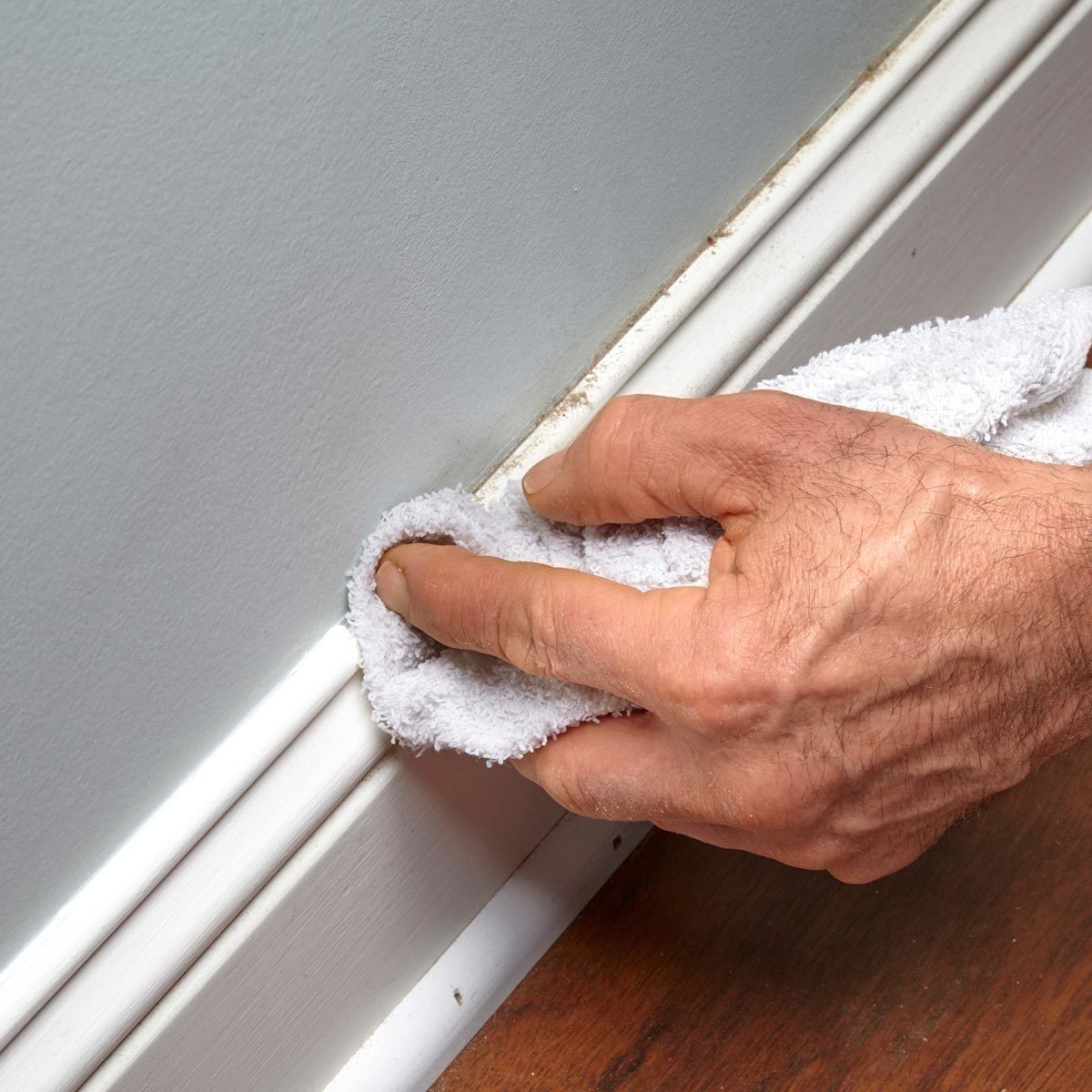
How to Prep for Painting: Surface Cleaning
You must remove any foreign substance that's on the surface you want to paint. If you skip this step, the paint will not adhere properly to the surface and will likely peel off. Luckily, cleaning the surface is relatively simple interior paint prep. Dry debris such as dust, pet hair, or sawdust can be wiped off with a microfiber cloth, while tackier material such as grease will need to be washed off with a solution of dish soap and water.
Be sure to hit all surfaces that you'll be painting. That includes walls, ceiling and trim. It's possible that during cleaning you'll find more extensive damage to the wall surface. Here are a few tips to prep walls for painting.
7
/
9
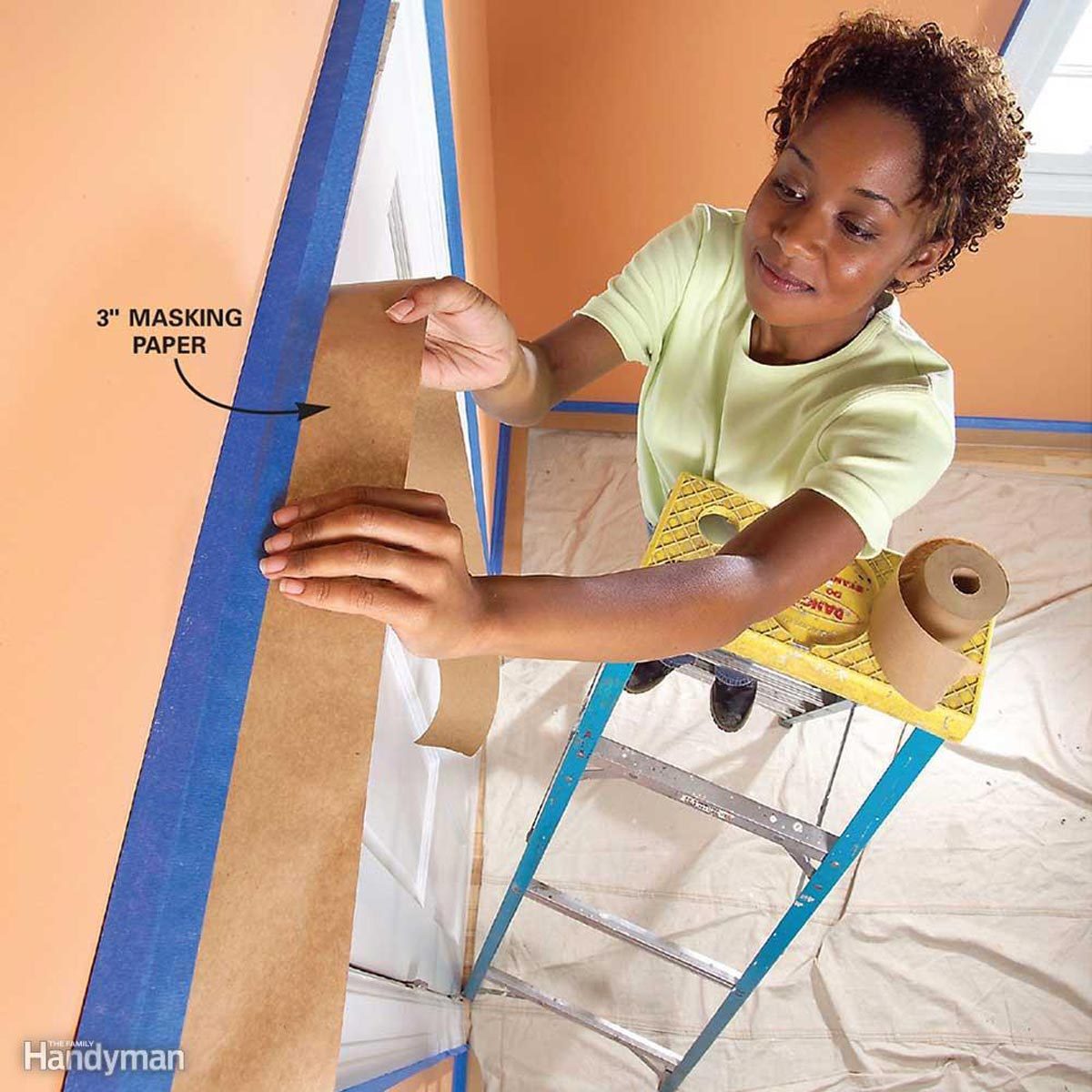
Interior Paint Prep Trim treatment
The transition line between wall and trim is especially tricky to get just right and even pros tend to rely on painter's tape. Tape protects the trim, but it also creates a perfectly smooth, crisp line when pulled away. Assuming, that is, that you've taken the time to apply it correctly during interior paint prep.
It can take a bit of practice to get the hang of taping off ceilings and trim, but once you've got it down, you'll find that your paint jobs look dramatically better. For a great and thorough review of tape techniques and tools, check out this Family Handyman article: Tips for How to Use Painter's Tape.
Also, explore these tips for painting interior woodwork.
8
/
9

Emergency Clean-Up
This interior paint prep step is short but crucial. Before you open up a single can of paint, make sure you have something close at hand to use to wipe up spills. If you're using latex paint, have water and rags on hand. And if you're using oil-based or enamel paint, have mineral spirits or the thinner recommended by the paint manufacturer. If you're not sure, check out the directions for clean-up printed on the side of the can.
One pro tip: the terms mineral spirits and paint thinner are sometimes used interchangeably. They are actually similar, but mineral spirits are often recommended for indoor use to keep fumes under control. See Mineral Spirits vs. Paint Thinner for a complete run down on the differences between these two products.
9
/
9
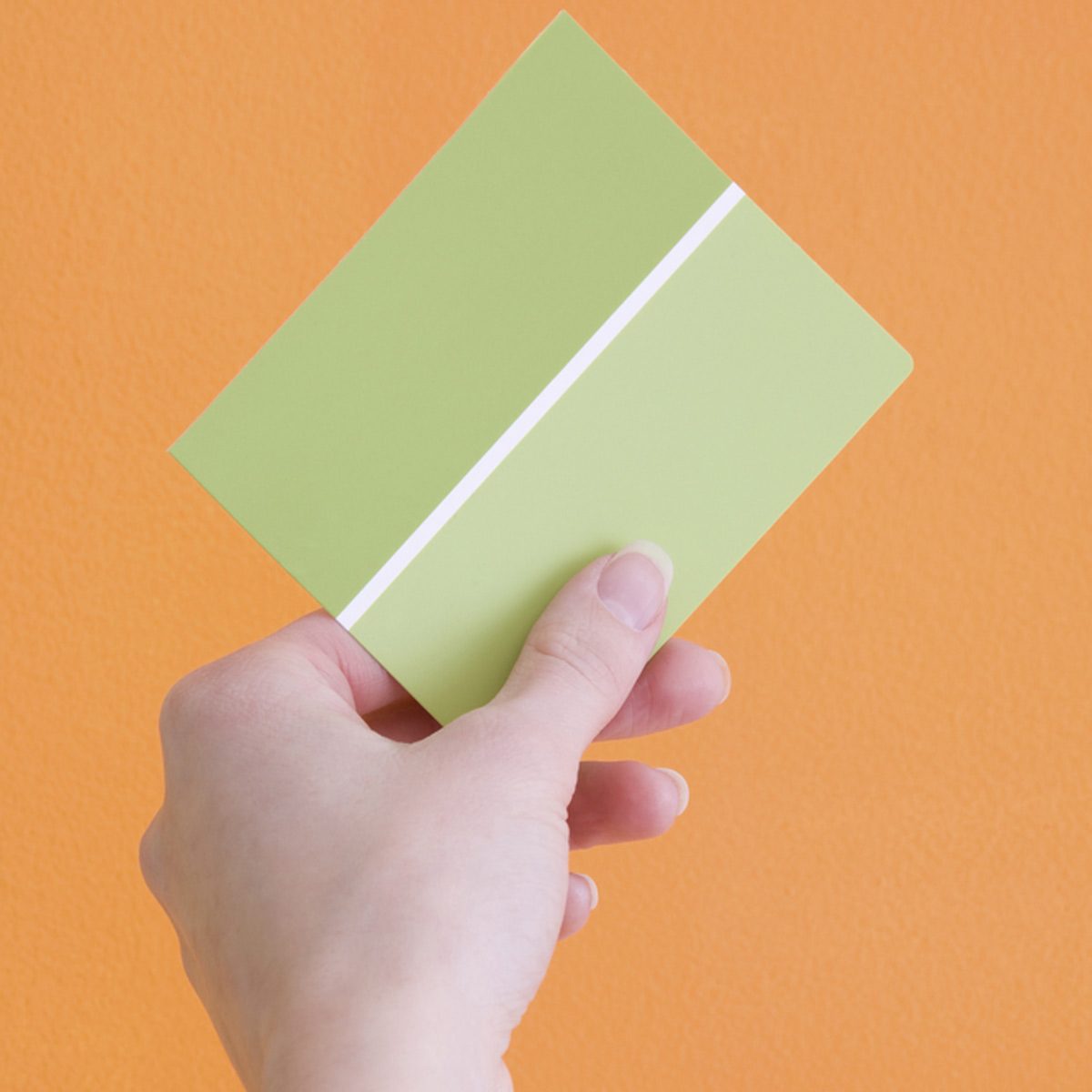
Final Test Sample
The last interior paint prep step before breaking out the brushes and rollers is to double-check the paint itself. Open a can, make sure that it's fully mixed. And then apply a small coat to your paint color swatch or to an inconspicuous area of the wall Try painting behind some of that furniture you moved away earlier.
At this point you're simply verifying that there wasn't an issue with the paint tint. Or that there was a miscommunication about what shade was going up in the bedroom or the bathroom. Once you know you're good to go, then at last you can start painting!
Painting isn't an easy project, but by following these tricks, you can greatly simplify the process. And you'll quickly see an improvement in the way that your walls, ceilings, and even doors look crisp, smooth, and professionally done.



















